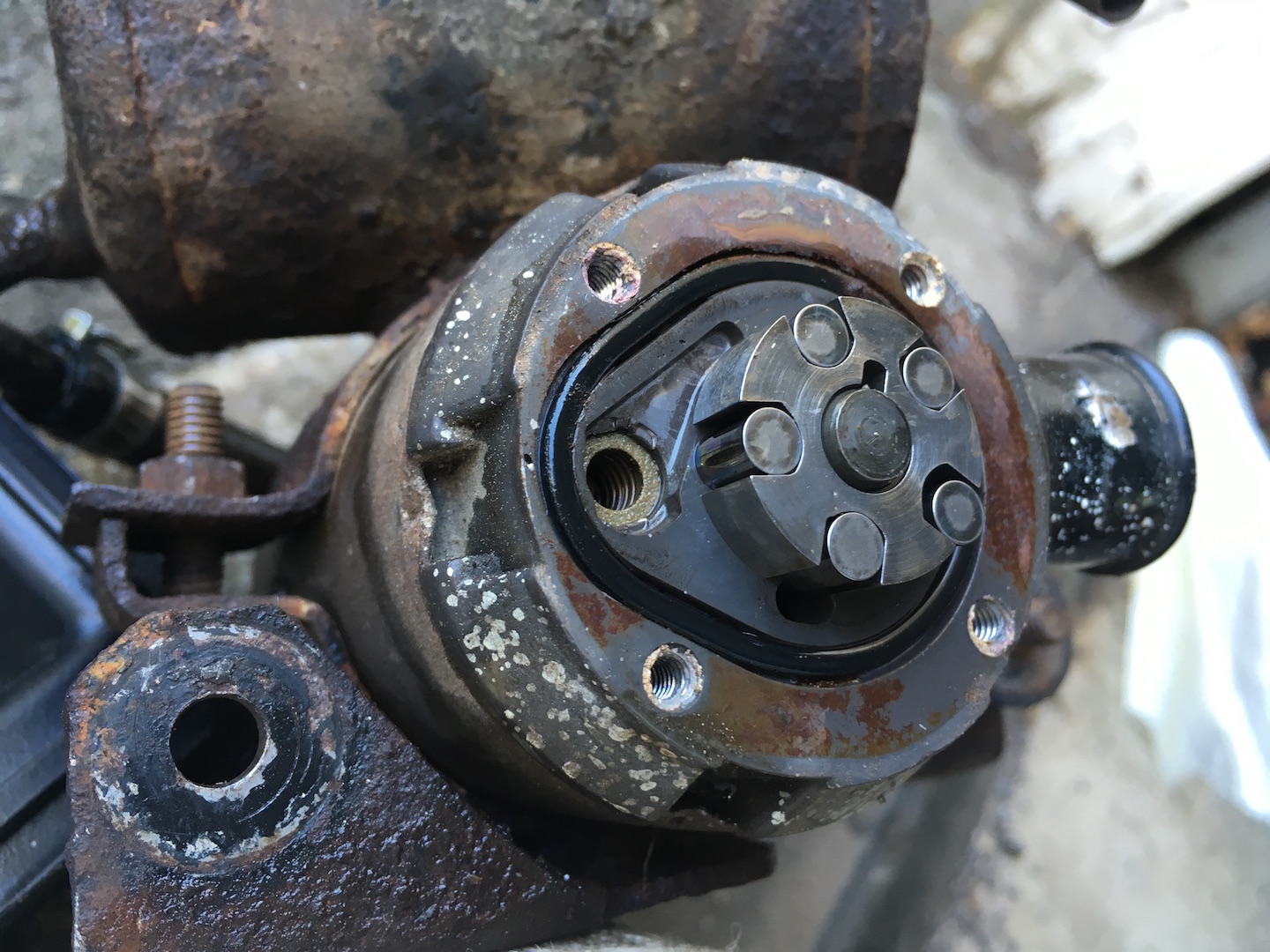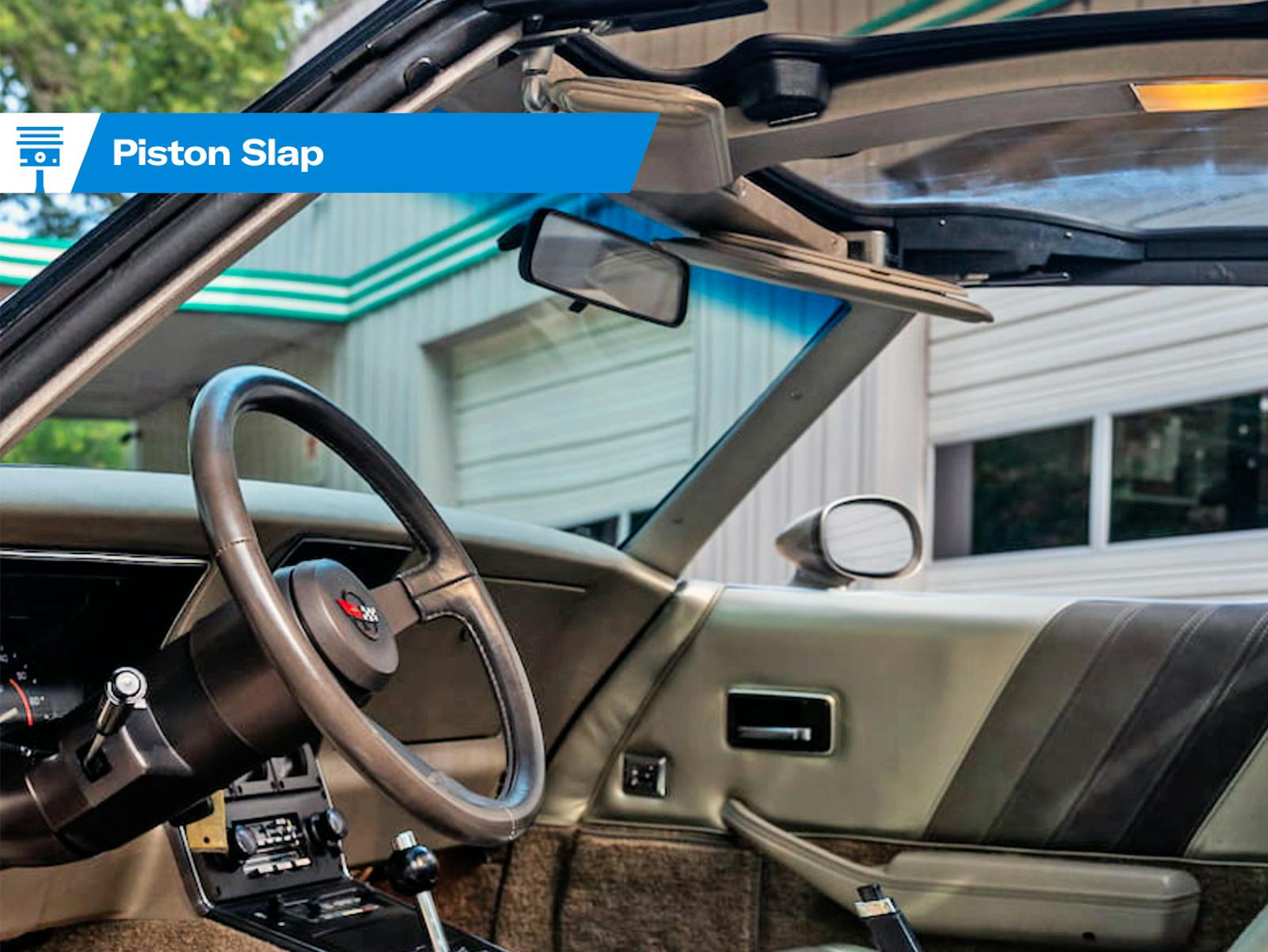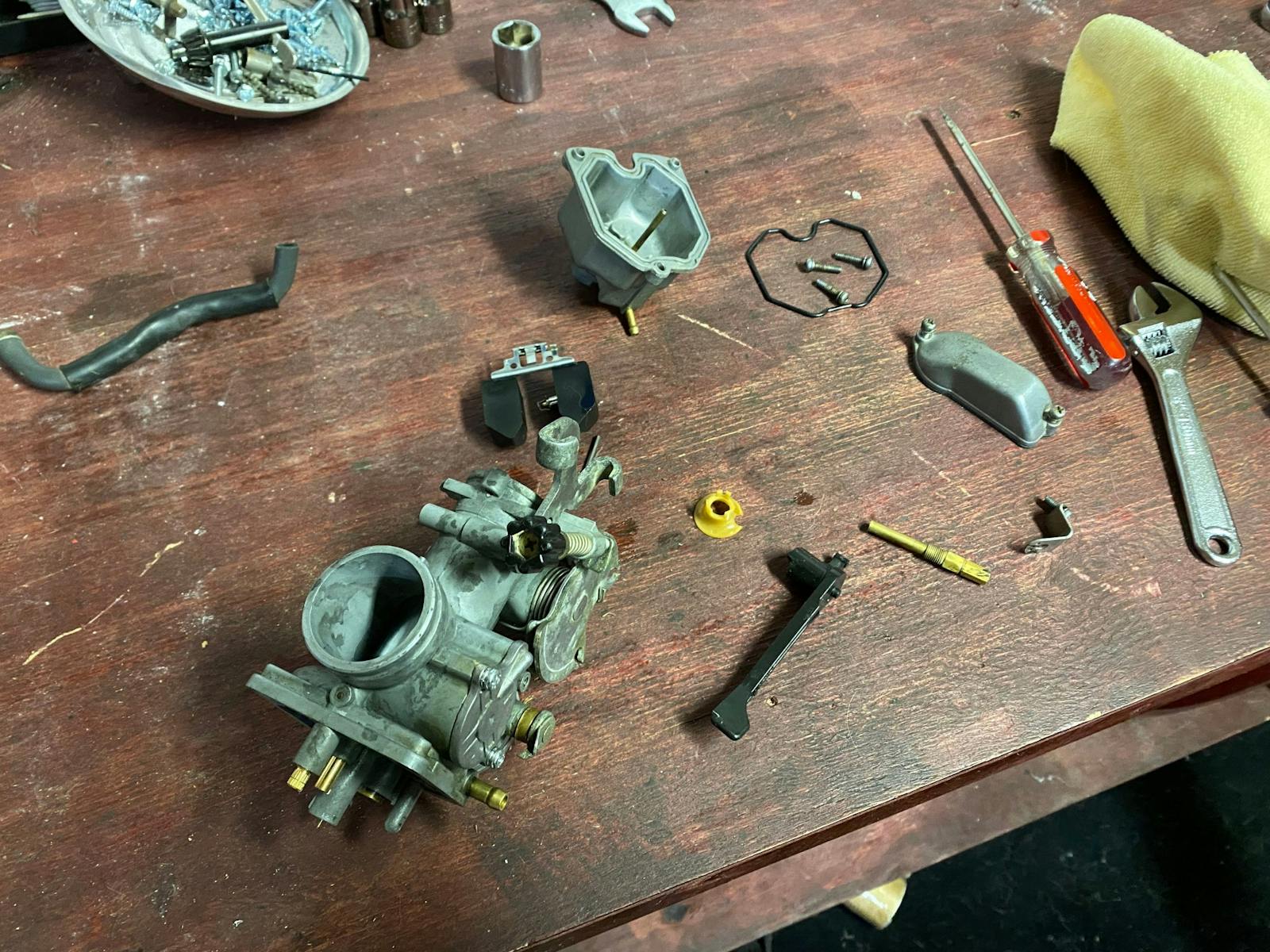Don’t try to start a long-dormant engine without checking the gas tank for goo
Those of us who have experience resurrecting long-dead cars always warn people to never simply dump five gallons of gas into the tank and try to start an engine that’s been sitting for years. Here’s why.
A few months back, I was the recipient of a free BMW 2002tii tribute car (a 2002 into which someone transplanted a fuel-injected 2002tii motor and braking system). The rust on the car’s body clearly put it over the line and into the “parts car” category, but I had no desire to disassemble it, so it had been collecting leaves in my driveway while I decided what to do with it. The more I thought about it, the more it made sense that I sell the car whole and let a buyer make the decision of whether to resurrect it or part it out. However, a good portion of the car’s value was in the injected tii engine—or might be, if I was able to get the engine to run and provide some degree of documentation of its condition (e.g., compression test and video of it running and not fogging the neighborhood with oil smoke).
Selling the car whole also solved the problem of how someone might transport the engine. After all, when an engine is in a car, it is, in a sense, in its own carrying case.
The first step in starting any long-dead car is assessing the condition of the fuel system. As I’ve written repeatedly, when gas sits, it first gets stale, then attracts water (at least E10—gas with 10-percent ethanol—does), and, as years go by, eventually leaves behind a gooey, sticky mess. All you need to do to perform a gross assessment of the problem is unscrew the filler cap and take a whiff of the tank. If it smells like varnish, the fuel system needs to be drained and cleaned. If it doesn’t, you might be OK, but you should still inspect the tank for rust and sediment. On this car, I didn’t even need to unscrew the gas cap; all I needed to do was walk behind the car. The overwhelming stench of varnish made me think I’d entered a furniture refinishing workshop.
I drained the dark-colored, stinky gas out of the tank and into a can for proper disposal, then pulled the pick-up tube out of the tank and looked inside with a flashlight. When a tank is still wet, it’s often difficult to tell exactly what you’re seeing, but it looked like a combination of rust, sediment, and goo.

I removed the fuel level sensor, pulled the tank out of the car, threw an old chain inside, shook the tank around with the chain in it to dislodge at least some of the sediment and rusty scale, rinsed it out, poured that into a can for proper disposal, and let it dry overnight. In the morning I looked inside and could clearly see large patches of goo, like Silly Putty, stuck to the bottom of the tank.

I reached in with a spoon and scraped as much of it out as I could. The crater-like recess where the bottom of the pick-up tube sits was particularly challenging, but after scraping and rinsing several times, I got most of it up.
![Yes, a spoon. The right tool for the right job.] Yes, a spoon. The right tool for the right job.]](https://media.hagerty.com/media/wp-content/uploads/uscamediasite/images/story-images/2019/08/23/gastank_img_999220190823161657)
If you’re thinking it would’ve been much more effective to take the tank to a radiator shop and get it boiled out, you’re absolutely correct. However, I didn’t want to spend the money. This was a very narrow instance in which I wasn’t trying to do a rolling restoration on the car; I was simply trying to clean the fuel system enough that, along with using a new filter and fresh gas, I could start the car without damaging the injection system.

Note that from a practical standpoint, the other thing to consider if you’re simply trying to start the car but not actually drive it, is whether to use the gas tank at all. On a carbureted car with a single fuel send line and a fuel pump mounted in the engine compartment, it’s often easier to simply substitute a gas can and stick a rubber fuel hose in it and run it to the input side of the fuel pump. However, in an injected car like this, with a high-pressure fuel pump that’s mounted up under the back of the car and a fuel return line, using a gas can instead of the tank is a bit more challenging.
Speaking of the fuel pump, when you find sludgy goo like this in the gas tank, you’re in fantasy land if you think you’re not going to find it in other parts of the fuel system where gas sits. The car’s horizontally-mounted, canister-like electric fuel pump is one of those. I powered the fuel pump off a battery and was not surprised when I found it was seized. For fun, I took it apart to examine the damage caused by the solidified old gas.
First, this is what a clean fuel pump looks like.

Instead of a clean fuel pump, however, I found one that was packed with brown goo that had the consistency of something between molasses and Permatex Aviation Form-A-Gasket.

So when I and others say, “Don’t dump fresh gas into the tank of a long-dormant car and turn the key and crank the engine,” this is why. The last thing you want is for new gas to soften this stuff enough for it to break off, move forward, and lodge itself in the carburetor jets or fuel injectors.
***
Rob Siegel has been writing the column The Hack Mechanic™ for BMW CCA Roundel magazine for 33 years and is the author of five automotive books, including Just Needs a Recharge: The Hack Mechanic™ Guide to Vintage Air Conditioning. All of his books are available on Amazon. You can also order personally inscribed copies here. Siegel’s new book, Resurrecting Bertha: Buying Back the Car My Wife and I Drove Off From Our Wedding, will be released later this year.


